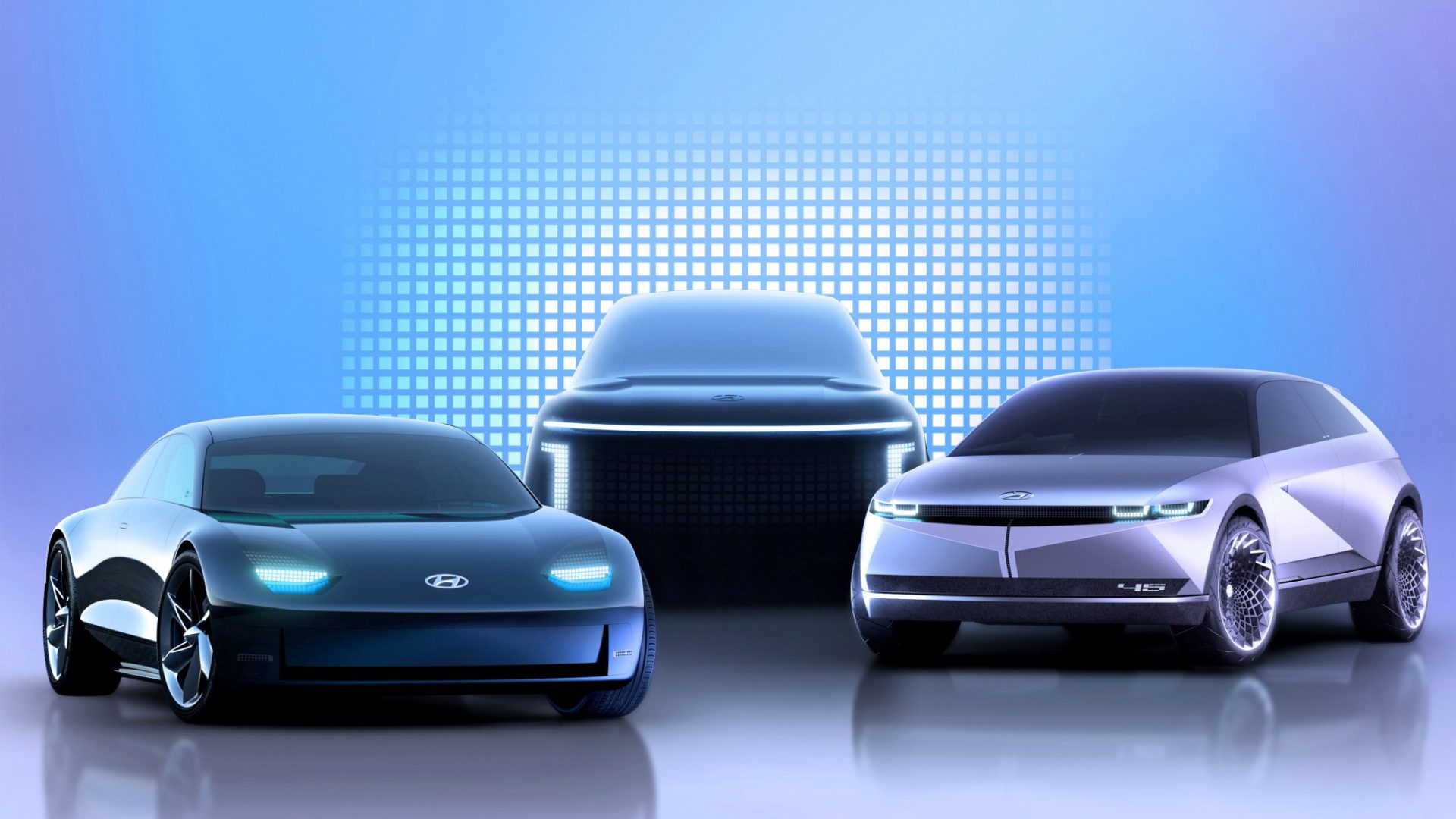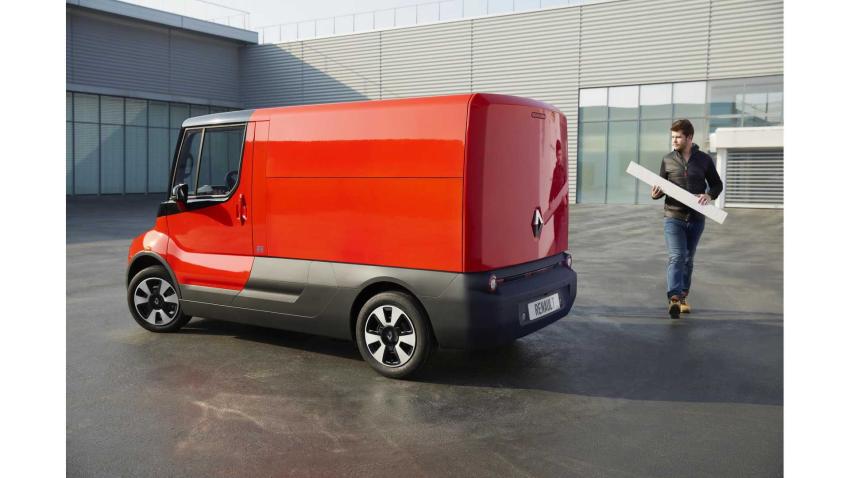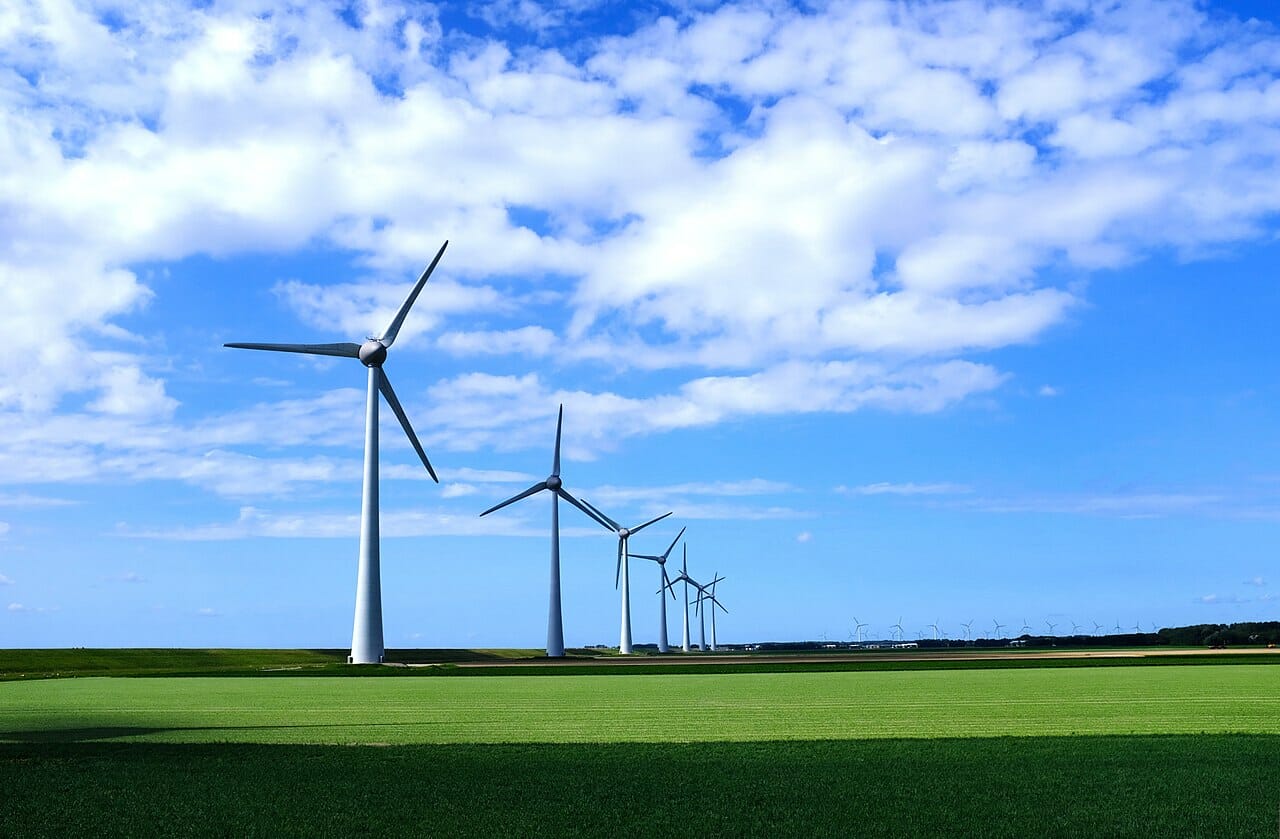Sunrun and PG&E Say Sharing Is Caring – Launch Virtual Power Plant for California Homes
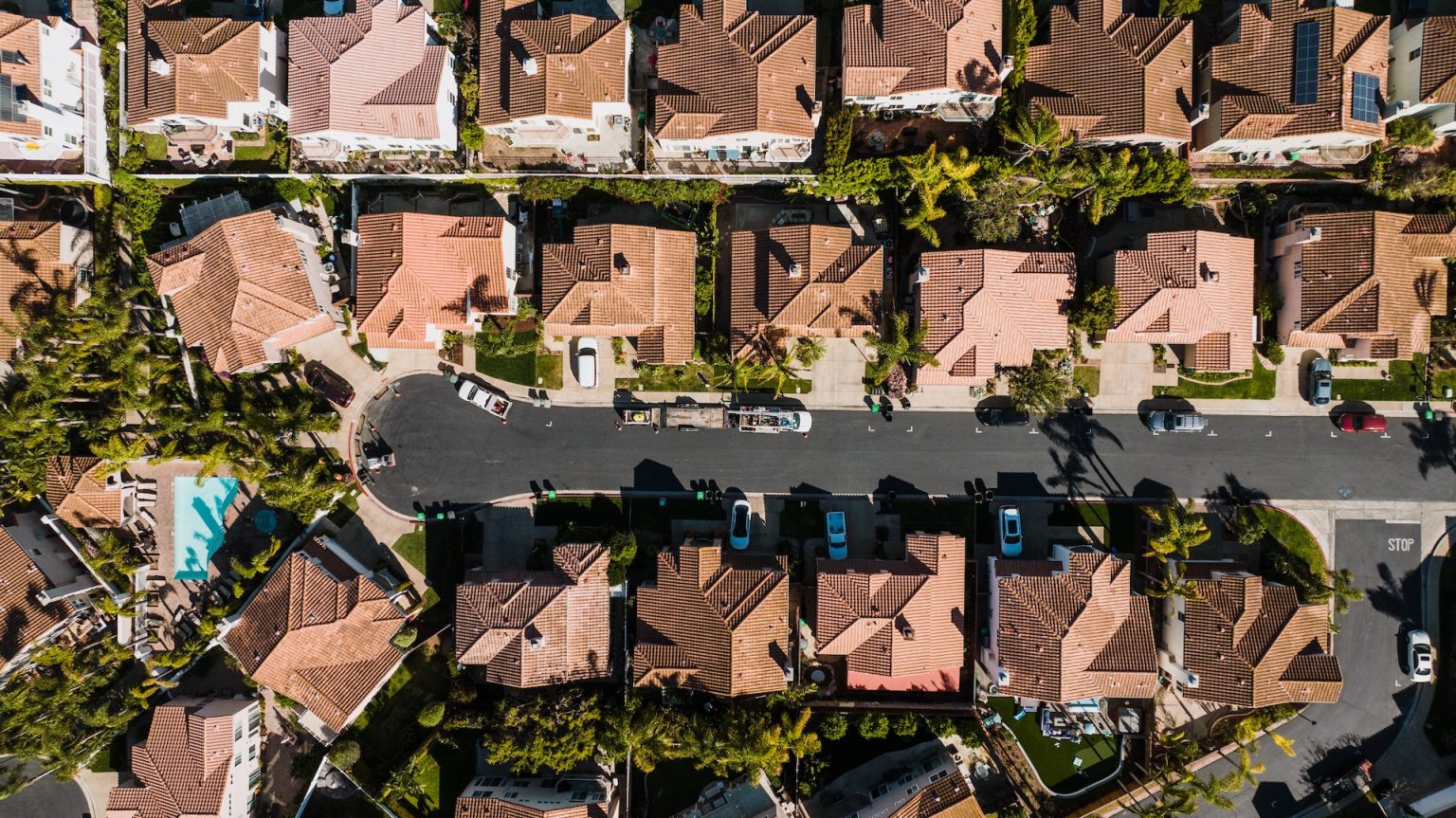
Residential solar and energy storage company, Sunrun, and Pacific Gas and Electric Company (PG&E), a California electric utility company, have partnered to launch an innovative program aimed at providing flexible energy support from residential solar and battery systems during the hottest months of the year in California.
The Energy Efficiency Summer Reliability Program will enroll up to 7,500 new and existing residential home solar and battery systems in PG&E’s service area, creating a virtual power plant (VPP) that is capable of discharging 30 megawatts of clean energy back to the grid, enough to power up to 27,000 homes.
A virtual power plant is a distributed network of small, independent energy sources such as rooftop solar panels that can collectively provide reliable power to the grid.
The program comes after a year of record-high summer temperatures in California, which caused significant strain on the state’s energy infrastructure, leading to a State of Emergency declaration by Governor Gavin Newsom. The Energy Efficiency Summer Reliability Program is a direct response to extreme weather state of emergencies, challenging energy providers to take immediate action to reduce the strain on the energy infrastructure, increase energy capacity, and make energy supply more resilient.
Enrolled battery systems will be directed to discharge every day from 7 p.m. to 9 p.m. from August through October, a critical window when energy needs are highest in California. In exchange, customers will receive an upfront payment of $750 and a free smart thermostat for participating. Enrolled residents will retain enough energy in their battery storage systems to meet personal and essential needs in the event of a local power outage in their area.
The program will reduce strain on the entire energy system and reduce reliance on fossil fuel burning power plants. The partnership also presents an opportunity for Sunrun and PG&E to extend and expand the program in future years. Mary Powell, CEO of Sunrun, said, “There’s no denying climate events are becoming more severe and power outages are more frequent and prolonged as a result. Consumers want energy security and peace of mind, and by integrating more reliable clean energy resources into the grid through this innovative program, we can deliver that with PG&E. This forward-looking partnership strengthens our emergency preparedness and puts the customer at the center of the energy system.”
PG&E CEO, Patti Poppe added, “Home batteries and virtual power plants are valuable resources for supporting grid reliability and an essential part of California’s clean energy future. PG&E is making great strides ensuring the grid is ready to partner with a diversity of energy providers. In collaboration with Sunrun, our Energy Efficiency Summer Reliability Program will serve as a unique resource that will positively contribute to our state’s electric grid and complement a host of actions PG&E is taking to provide greater energy resilience to our customers and hometowns.”
The Energy Efficiency Summer Reliability Program was approved by the California Public Utilities Commission on January 30, 2023. Sunrun will soon begin enrolling customers into the program, and discharges will begin on August 1, 2023. All Sunrun solar and battery customers in single-family homes who have an interconnection agreement with PG&E and are not enrolled in other demand response programs are eligible to participate.
The program is part of a suite of programs and solutions that PG&E has implemented to decrease energy demand and increase energy supply during critical hours of the day to ensure grid reliability during extreme heat events. This includes procuring additional energy supply, deploying new incremental battery energy storage capacity, expanding existing Demand Response (DR) programs and incentives, and launching new DR options.
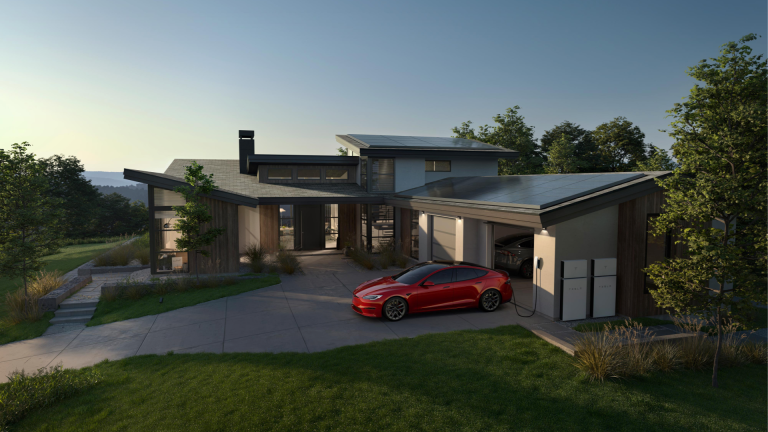
Tesla has been running VPP programs of varied scale in Texas and California, and is expanding into other states. With increasing severity of weather events, not only in summer, VPPs are increasingly becoming a popular solution to reduce strain on electric grids, maintain grid reliability, and to keep homes powered on.
There are also new residential communities and communities under development that offer residents the option of community-interconnected VPPs. Many of these systems have no interconnection to the main electric grid.




